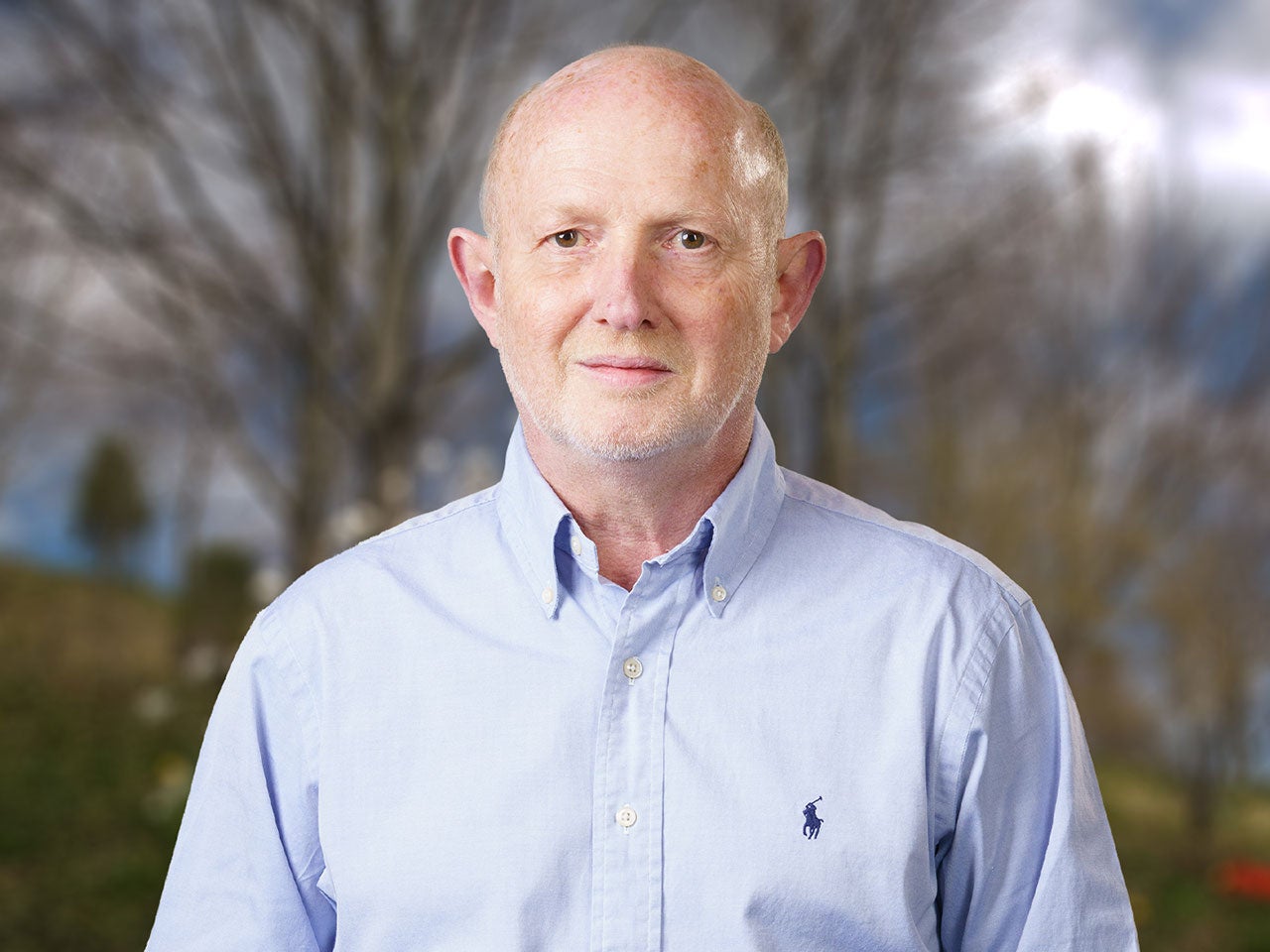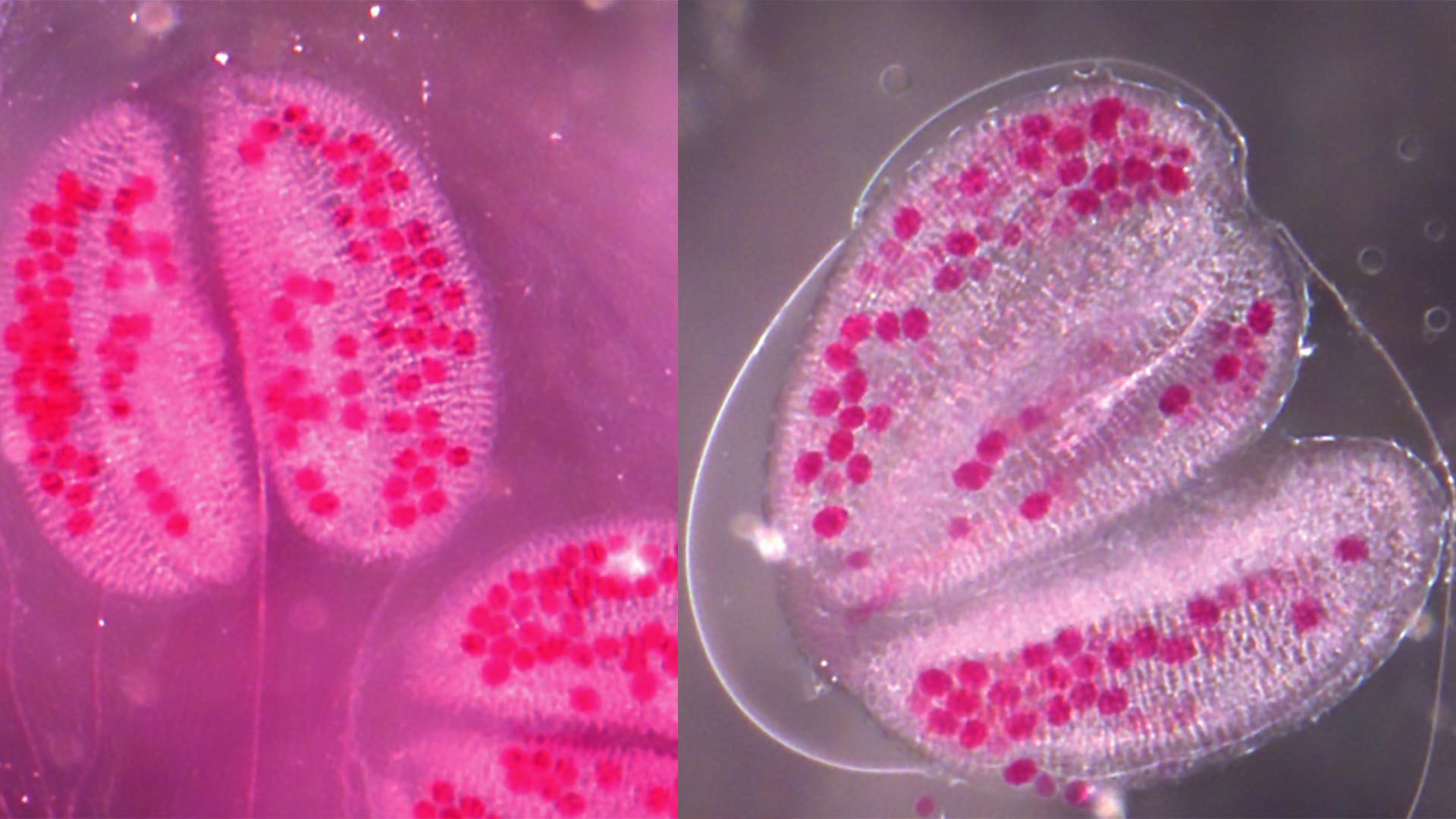Not everything inside us is, strictly speaking, us. The closer we look at the genome, the more we appreciate the role of small RNAs in what we call epigenetic inheritance. That’s when traits get passed down without altering our basic DNA sequence. We now know that small RNAs guide epigenetic modifications in both plants and animals. We also know that a molecule called pseudouridine (Ψ) is the most common RNA modification. What we haven’t been able to do is connect these two important bits of knowledge. How does Ψ work in small RNAs? Could it guide epigenetic inheritance?
Cold Spring Harbor Laboratory (CSHL) now has answers to both questions. These new explanations could help us solve one of biology’s greatest mysteries—how do our bodies distinguish “self” from “nonself”—and point to new ways of fighting off viruses in plants and animals.
To get answers, CSHL Professor and HHMI Investigator Rob Martienssen’s lab collaborated with molecular biologist Tony Kouzarides at the University of Cambridge. Together, they developed a series of screens to scan for Ψ in small RNAs. They found that Ψ does in fact guide epigenetic inheritance. It does so by helping to transport small RNAs into reproductive cells. Amazingly, they found this holds true in plants and mammals. They saw that sperm cells in mice are loaded with Ψ. So too is pollen from the mustard plant Arabidopsis.

Furthermore, the team discovered that Ψ enables a process called the triploid block, whereby plants produce only sterile offspring. Discovered at CSHL nearly 100 years ago, triploid blocks are now found in produce aisles worldwide. Martienssen explains:
“Seedless cucumbers, seedless melons, seedless fruits—they’re all made this way.”
This process is one example of what geneticists call selfish inheritance. Martienssen recently showed that another kind of selfish inheritance, known as gene drive, may have been behind corn’s rapid spread across the Americas. “The same class of small RNAs is responsible for both forms of selfish inheritance,” Martienssen adds.
The question now becomes why are these small RNAs so heavily modified in both plants and animals? One possibility is that these modifications block the immune system from detecting the small RNAs, so they’re recognized as “self” rather than “nonself.” If proven, this hypothesis could help usher in a new generation of RNA therapeutics. Martienssen says:
“It would add to our understanding of how RNA vaccines are tolerated by patients.”
The more we understand how our bodies distinguish what’s “us” from what isn’t, the better we can fight back against the viruses that threaten humans today as well as those that may do so in the future.
Written by: Jen A. Miller | publicaffairs@cshl.edu | 516-367-8455
Funding
Howard Hughes Medical Institute, National Institutes of Health, National Science Foundation Plant Genome Research Program, Robertson Research Foundation, Cancer Research UK, Wellcome Trust, Kay Kendall Leukemia Fund, Polish National Science Center
Citation
Herridge, R.P., et al., “Pseudouridine guides germline small RNA transport and epigenetic inheritance”, Nature Structural & Molecular Biology, September 6, 2024. DOI: 10.1038/s41594-024-01392-6
Core Facilites
Principal Investigator

Rob Martienssen
Professor & HHMI Investigator
William J. Matheson Professor
Cancer Center Member
Ph.D., Cambridge University, 1986

